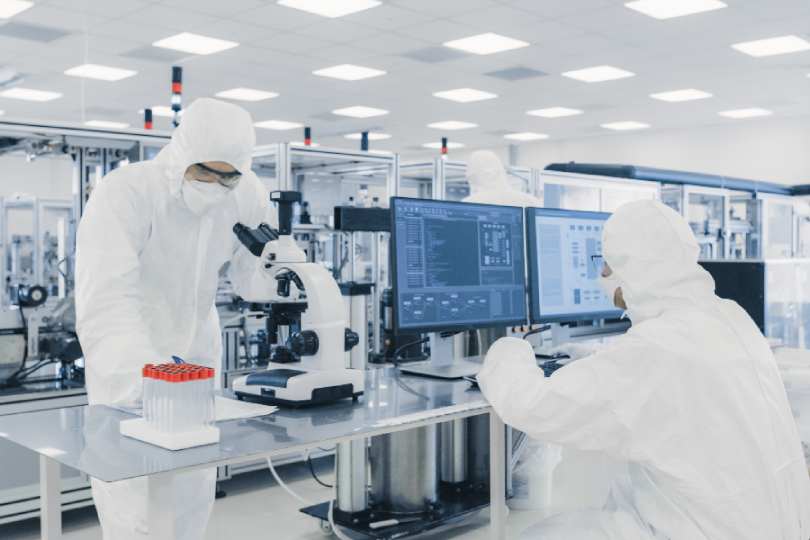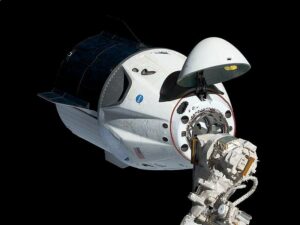One day, human organ transplants could be made easier thanks to the success of freezing and thawing kidneys transplanted from rats.
The achievement of transplanting rat kidneys that had been frozen for up to one hundred days in ultracold storage by researchers at the University of Minnesota is a significant milestone that has the potential to change how and when human organs are transplanted in the future.
The discovery, which was made public by the University on Thursday, prevents ice crystals from killing living tissue when frozen and uneven thawing from causing irreparable damage.
Those obstacles have been a problem for John Bischof for a long time, and when a frozen and then thawed kidney in a rat returned to normal function, the professor of mechanical engineering felt like he had made history. The findings, which were published in Nature Communications, a science journal with peer review, show that the kidneys functioned normally in 30 days after four additional transplants.
Director of the University’s Institute for Engineering in Medicine Bischof stated, “All of our research over more than a decade… has shown that this process should work, then that it could work, but now we’ve shown that it actually does work.”
Cryopreservation has long been a goal in many agricultural, biological, and medical fields; however, it also offers the Holy Grail opportunity for organ transplantation. In a race-against-time system, thousands of kidneys, hearts, and livers are transplanted each year to critically ill patients while they are still viable. Organs are obtained immediately after donors die.
Up to 20% of donated kidneys are wasted, frequently because recipients do not receive them in time.
The expansion of the supply is one option. Human stem cells have been used to grow biocompatible hearts and other organs, and transplants of pig islets or pancreases from animals to humans have also been studied by U researchers.
Because these alternatives are still in the experimental stage, there is a greater need to improve the supply that is already available. A test flight of a drone carrying a pancreas to Mercy Hospital in Coon Rapids in 2021 was carried out by LifeSource, the local organ procurement agency, and Allina Health to see if the technology could speed up delivery. Additionally, Allina participated in the trial of the now-approved “heart-in-a-box” technology, which keeps hearts alive and beating while they are in transit.
According to Dr. Erik Finger, a co-researcher and U transplant surgeon, cryopreservation would eliminate time pressure, reduce waste, and permit transplants to be scheduled when patients are in their best health and doctors are available, rather than at any time of day to beat the clock.
He stated, “We could really start to chip away at the growing transplant waiting list even if a fraction of [wasted donor organs] could be used.”
He added that freezing would also provide additional time to address any racial or geographic disparities in the distribution of organs and to find the best match between donors and recipients.
In-vitro fertilization has already been altered by improved freezing methods, lessening the need for infertility specialists to transfer multiple, fresh embryos to patients in order to achieve pregnancy. By freezing, genetic tests can be used to select the best embryos for transfer, preserving high pregnancy rates without the danger of multiple births.
Inconvenience is, the very procedures that securely freeze and defrost little undeveloped organisms don’t function also with regards to bigger and more created human organs. An organ’s exterior can freeze and thaw faster than its interior, causing damage that cannot be repaired.
Vitrification, a rapid cooling process that suspends organs in a glassy, liquid state and prevents the formation of solid ice crystals, can prevent damage caused by freezing.
The key is to use enough antifreeze chemicals to protect the organs without being toxic while they cool, but the next challenge has been thawing, Finger stated: Particularly organs, no one has been able to rewarm them from that vitrified state.”
The U discovery involves introducing microscopic iron particles into an organ prior to cooling it. After that, the organ is evenly thawed by being in a magnetic field that spins it quickly and heats the iron particles. Prior to transplant, the chemicals and particles are removed. Finger said, “You’re sort of heating from within.”
Although a magnetic coil that can thaw human-sized organs has already been constructed by U researchers, Bischof stated that attempts at human transplants are still years away. He stated that no one has even come up with a similar combination of chemicals that could safely vitrify human organs.
Replicating the results in a larger animal, like a pig, is one of the next steps in the federally funded U research.
Correction: An error has been made in the journal in which the findings were published in this story.
Disclaimer: The views, suggestions, and opinions expressed here are the sole responsibility of the experts. No Idea Scope Analytics journalist was involved in the writing and production of this article.




